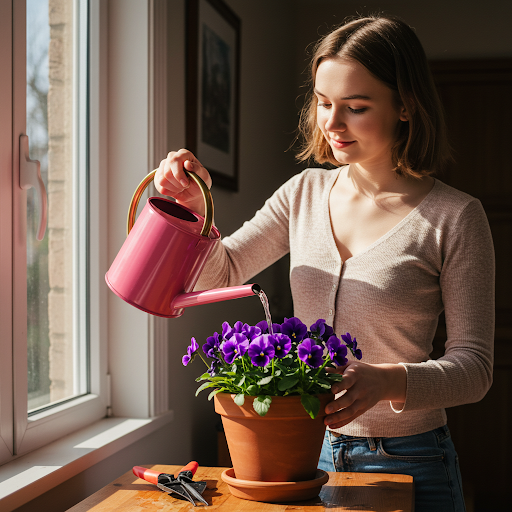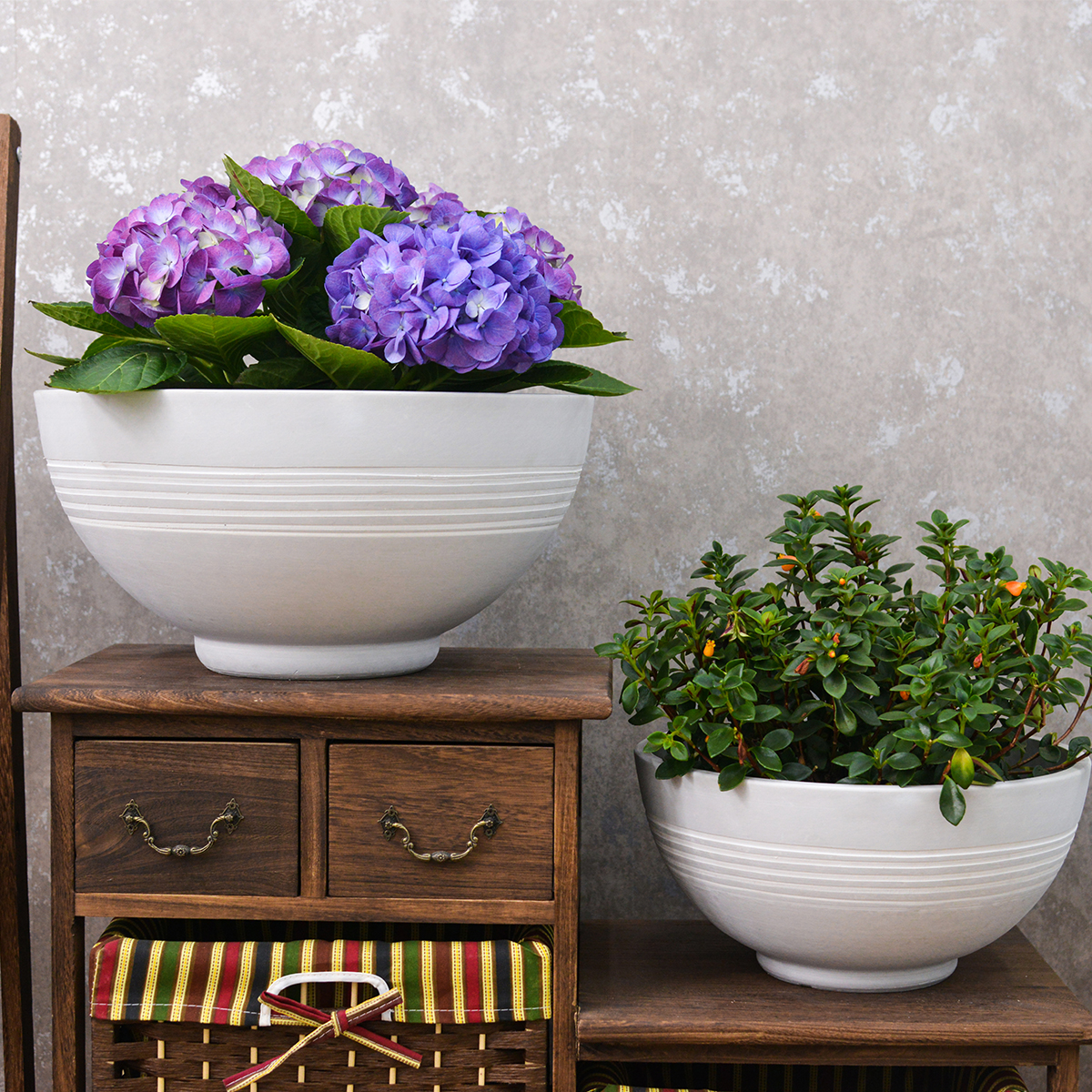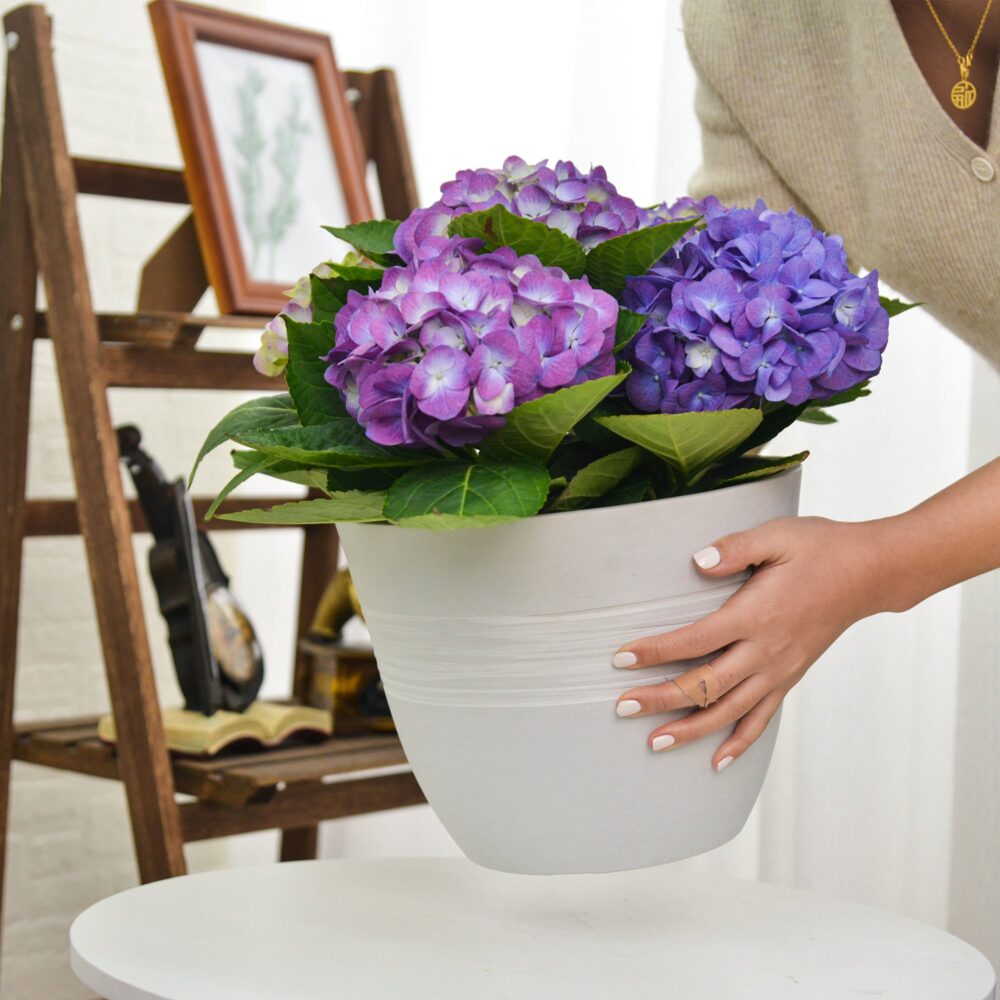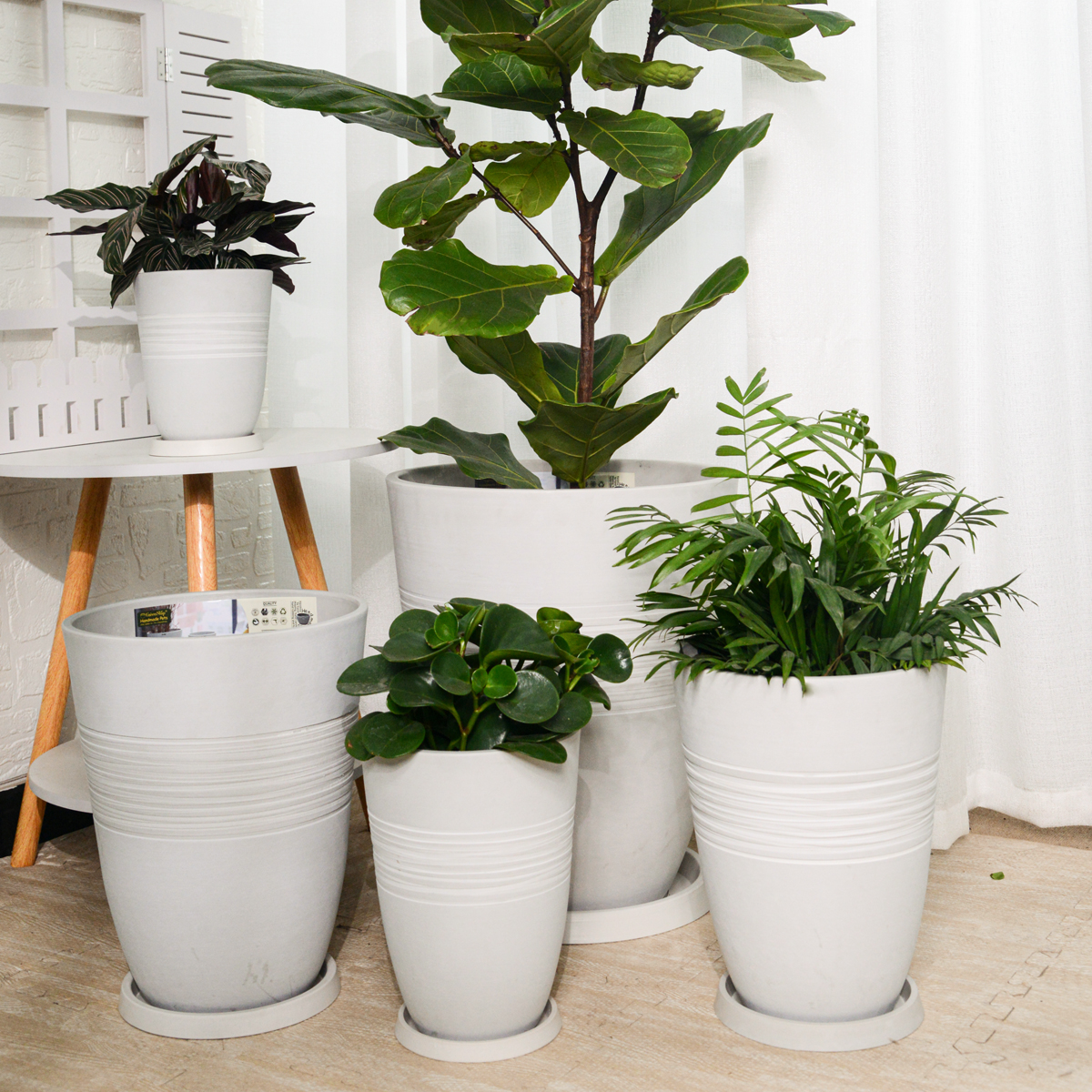They Said It Couldn’t Be Done! I Added 1 Spoon to My Flower Pots and My Plants Exploded with Green and Blooms
Want to try a gardening trick that might just surprise you? The Spanish article shares an unexpected tip: adding just one spoon of a common household ingredient to your flower pots. The secret? Baking soda. While it might sound unconventional, some gardeners believe a tiny amount of baking soda can work wonders for plant health, potentially leading to greener leaves and more vibrant blooms. Let’s dig into this surprising hack.

Baking Soda in the Garden: The Unexpected Benefits?
Baking soda (sodium bicarbonate) has various uses around the house, but its role in the garden is a bit more nuanced. Here’s why some gardeners believe it can be beneficial in small quantities:
- Altering Soil pH (Slightly): Baking soda is alkaline. In very small amounts, it might slightly raise the pH of acidic soil, which can sometimes improve nutrient availability for certain plants. However, most houseplants prefer slightly acidic to neutral soil, so this needs to be approached with caution.
- Potential Fungicide Properties: Baking soda has been shown to have some antifungal properties and might help prevent certain fungal diseases like powdery mildew when used in a diluted spray. However, this is usually applied as a foliar spray, not directly to the soil in a dry form.
- Boosting Chlorophyll Production (Indirectly?): The claim of directly boosting chlorophyll production with baking soda is not widely supported by scientific evidence. Any greening effect might be indirect, possibly due to improved overall plant health or slight changes in soil conditions.
How to Try This “1 Spoon” Trick (With Caution):
The Spanish article suggests adding one spoon directly to the flower pot. Here’s how you might approach this in the US, keeping in mind the need for caution:
- Start Small: Don’t apply this to all your plants at once. Choose one or two healthy plants to test on first.
- Use Sparingly: The Spanish article mentions “1 spoon.” To be safe, especially for smaller pots, consider starting with just ½ teaspoon per average-sized (6-8 inch) pot. For larger pots, you might cautiously increase it to 1 teaspoon.
- Apply Infrequently: This is not a regular feeding method. If you choose to try this, do it no more than once every few months.
- Water Afterwards: Water your plant as usual after applying the baking soda.
A More Common (and Perhaps Safer) Approach:
Instead of adding baking soda directly to the soil, many gardening resources suggest using a very diluted baking soda solution as a foliar spray to combat fungal diseases:
- Dissolve: Mix 1 teaspoon of baking soda with 1 quart of water. You can also add a few drops of mild liquid dish soap (not detergent) to help it stick to the leaves.
- Spray: Use a spray bottle to lightly mist the leaves of affected plants, avoiding spraying in direct sunlight.
- Repeat: Reapply every week or two as needed.
Important Considerations and Cautions:
- Not a Substitute for Fertilizer: Baking soda does not provide the essential macronutrients (nitrogen, phosphorus, potassium) that plants need for healthy growth and blooming. You still need to use a regular houseplant fertilizer.
- Can Alter Soil pH: While a slight pH change might be beneficial for some plants in very acidic soil, drastically altering the pH can harm most houseplants. Use baking soda sparingly and be mindful of your plant’s specific needs.
- Potential for Salt Buildup: Sodium can accumulate in the soil over time, potentially harming plant roots and hindering nutrient absorption. This is why infrequent use is crucial.
- Observe Your Plants Carefully: Pay close attention to how your plants react. If you notice any yellowing, wilting, or other signs of stress, discontinue use.
- Focus on Proper Care First: The best way to achieve green leaves and abundant blooms is to provide your houseplants with the right amount of light, water, humidity, and a balanced fertilizer. Baking soda should be considered an experimental supplement at best.

Conclusion:
While the idea of adding a simple spoonful of baking soda to your flower pots for dramatically greener leaves and more blooms is intriguing, it’s essential to approach this gardening hack with caution. While some anecdotal evidence suggests potential benefits, especially in very diluted foliar sprays for fungal issues, it’s not a substitute for proper plant care and a balanced fertilizer. If you choose to try this, use baking soda sparingly and observe your plants closely for any adverse reactions. Remember that providing the right environment and regular feeding are the cornerstones of healthy, thriving houseplants.
KC3-09k
By greenship|2024-08-16T06:24:36+00:00August 16, 2024|Categories: Hand-carving Series|
Planter 6 in W / 8 in W / 12 in W Indoor or Outdoor Plants, Modern Decorative Plant Pots with Drainage Hole, Decorative Flower Pots
By greenship-seo|2025-02-06T13:43:53+00:00January 16, 2025|Categories: Hand-carving Series|Tags: Decorative Flower Pots|
Planter for Indoor Outdoor Plants, Set of 2 Modern Decorative Plant Pots with Drainage Hole, Decorative Flower Pots
By greenship-seo|2025-01-14T12:26:44+00:00January 14, 2025|Categories: Hand-carving Series|Tags: Decorative Flower Pots|
11V
By greenship|2024-08-13T03:05:48+00:00August 13, 2024|Categories: Hand-carving Series|
20VD
By greenship|2024-08-13T06:43:41+00:00August 13, 2024|Categories: Hand-carving Series|
KC2-11VH
By greenship|2024-08-16T06:19:28+00:00August 16, 2024|Categories: Hand-carving Series|






